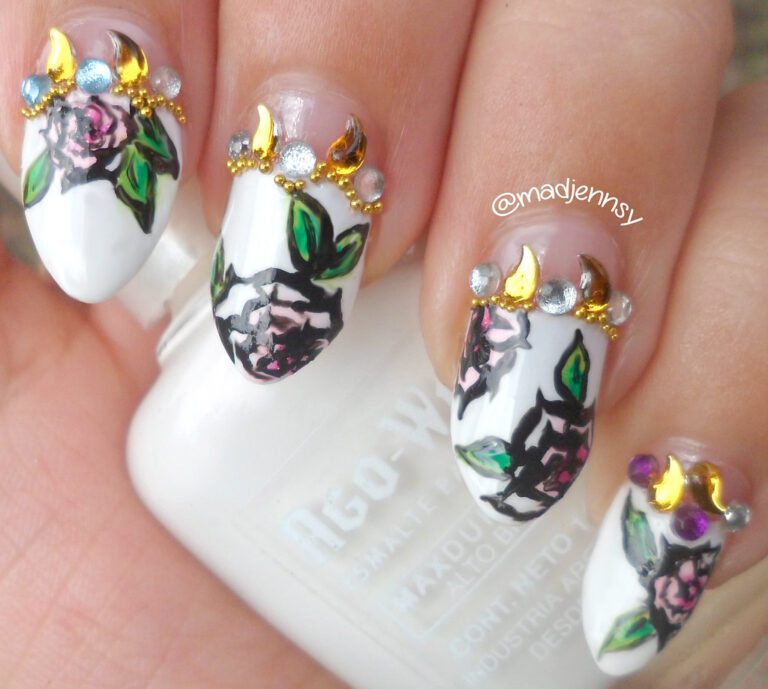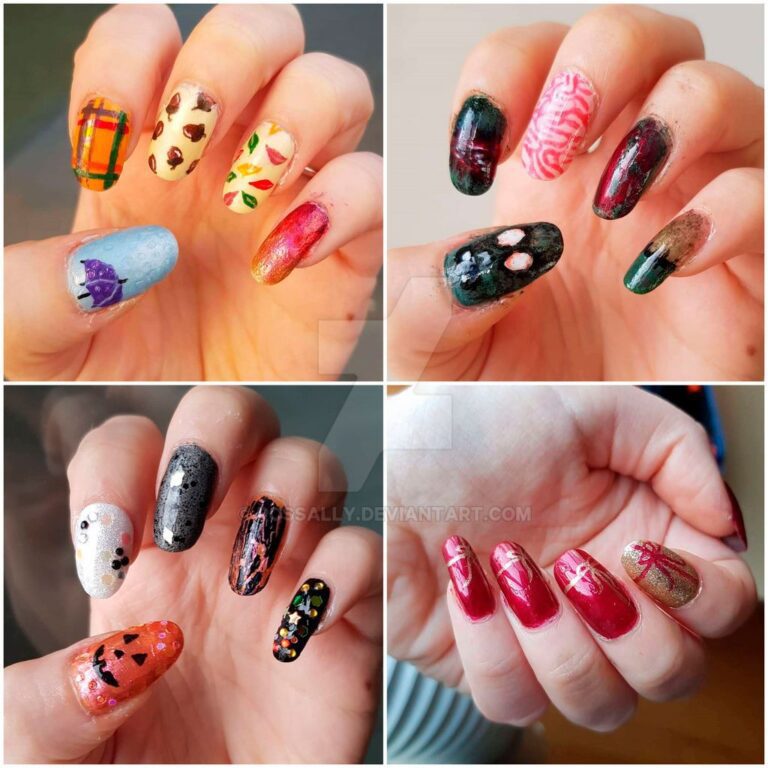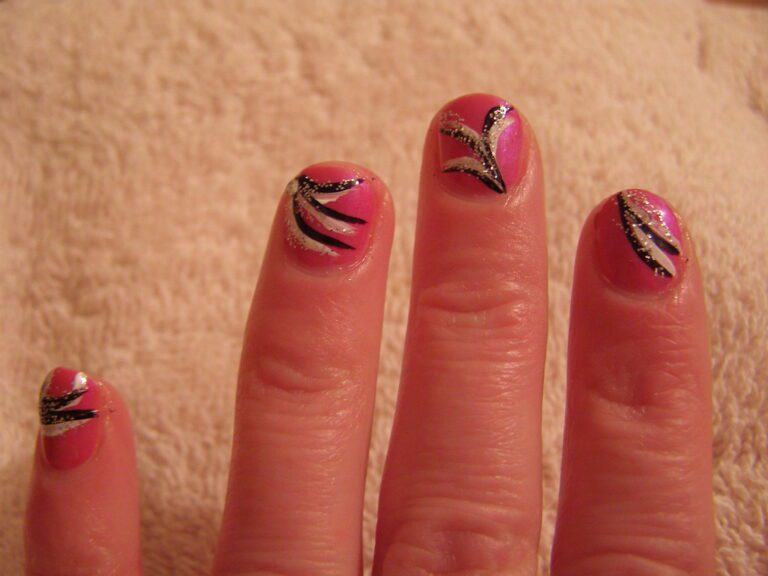“Vinyl Vogue: Nails for Vinyl Siding”
Vinyl siding is a popular choice for homeowners due to its durability, low maintenance, and aesthetic appeal. Nails play a crucial role in the installation and longevity of vinyl siding. Understanding the types of nails, installation techniques, and maintenance practices is essential for ensuring the integrity of vinyl siding. In this article, we will explore the key takeaways related to nails for vinyl siding.
Key Takeaways
- Choose stainless steel or aluminum nails for vinyl siding to prevent rust and corrosion.
- Use a nail gun with a depth adjustment feature to ensure proper nail placement and prevent damage to the siding.
- Pre-drill nail holes to prevent cracking and ensure a secure fit for the nails in vinyl siding.
- Regularly inspect the condition of nails in vinyl siding and replace any corroded or damaged nails promptly.
- Properly maintain and clean the vinyl siding to enhance the longevity of nails and prevent premature deterioration.
Understanding Vinyl Siding Nails

Types of Nails for Vinyl Siding
When it comes to vinyl siding, the choice of nails is crucial for long-term durability and stability. Corrosion-resistant nails, such as aluminum, stainless, or galvanized roofing nails, are recommended to withstand the elements. These nails should have a minimum head diameter of 5/16" to ensure proper fastening. It’s important to select nails that offer excellent holding power and are more resistant to backing out, especially for wood or aluminum siding. The use of spiral siding nails can provide superior holding power, while aluminum siding nails with a large head and thin, smooth shank are designed for quick driving. Remember, the right nails are the foundation of a secure and long-lasting vinyl siding installation.
Choosing the Right Nails
Once you’re familiar with the various types of nails available for vinyl siding, the next step is selecting the right ones for your project. The choice of nails can significantly impact the installation quality and durability of your siding. Factors such as nail length, diameter, and material composition are crucial to consider. For instance, nails should be long enough to penetrate at least 3/4 inch into the solid wood sheathing beneath the siding.
Aluminum and stainless steel nails are preferred for their corrosion resistance, especially in coastal areas with salty air. Here’s a quick reference list to help you choose the right nails:
- Aluminum nails: Best for corrosion resistance
- Stainless steel nails: Ideal for strength and durability
- Galvanized nails: Suitable for most climates, but not as resistant to rust
- Nail length: Typically 1 1/4 inches to 1 1/2 inches
- Nail diameter: Should be appropriate for the siding’s weight
Tip: Always ensure that the nails you choose are compatible with your vinyl siding and the local building codes. Improper nail selection can lead to siding damage or failure over time.
Installation Techniques

Preparation for Nailing
Proper preparation is crucial for the successful installation of vinyl siding. The first step is to ensure that the wall surface is clean, dry, and smooth. Any irregularities can affect the alignment of the siding and the integrity of the installation. It’s also important to check for and repair any damage to the sheathing or flashing before proceeding.
Next, install the starter strips and corner posts that will anchor the siding panels. These should be level and securely fastened to provide a solid foundation for the siding. Weather-resistant barriers may also be applied at this stage to enhance protection against moisture.
When measuring for nail placement, keep in mind that vinyl siding must be able to move slightly due to temperature changes. Therefore, nails should be centered in the slots and not driven in too tightly. This allows the siding to expand and contract without buckling. As a general rule, leave a gap about the thickness of a dime (1/16 inch) between the nail head and the siding.
Tip: Always check local building codes for specific requirements related to vinyl siding installation in your area.
Nailing Best Practices
When it comes to securing vinyl siding, the nailing technique is crucial for both the aesthetic finish and the structural integrity of the installation. Nails should be driven straight and level to prevent distortion and allow for natural expansion and contraction. Overdriving nails can cause the siding to buckle, while underdriving can lead to loose panels that may rattle or even come off in high winds.
- Always use a hammer with a smooth head to avoid damaging the siding.
- Nails should be centered in the slots to permit movement and should not be driven in too tightly.
- Leave a gap about the thickness of a dime (1/16 inch) between the nail head and the siding to allow for thermal expansion.
Tip: To ensure uniformity, use a spacer or jig to maintain consistent spacing between the nail head and the siding. This simple tool can prevent many issues related to improper nailing depth.
Remember, the goal is to secure the siding firmly while also giving it room to move with temperature changes. By following these best practices, you can ensure a long-lasting and visually appealing vinyl siding installation.
Common Mistakes to Avoid
When it comes to nailing vinyl siding, it’s crucial to avoid overdriving nails, as this can jeopardize the product’s long-term performance. Additionally, nailing at an angle should be avoided, as it can distort siding panels and cause buckling. Applying slight upward pressure while nailing is also important to prevent stretching panels. Double-checking measurements is essential to ensure that the soffit fits well between the wall and the fascia board. Implementing these best practices will contribute to a flawless vinyl siding installation.
Maintenance and Longevity

Factors Affecting Nail Longevity
The longevity of nails in vinyl siding is influenced by several factors that homeowners should be aware of to ensure the stability and appearance of their siding over time. Environmental conditions such as extreme temperatures, humidity, and exposure to UV rays can significantly affect the lifespan of nails. For instance, in areas with high humidity or coastal regions, the risk of corrosion is heightened, necessitating the use of rust-resistant nails.
Material compatibility is another critical aspect. Nails must be compatible with the vinyl siding to prevent chemical reactions that could lead to deterioration. Additionally, the quality of the nail itself plays a vital role. High-quality, durable nails can withstand the test of time and the elements, whereas lower-quality options may fail prematurely.
Tip: Regular inspections can help identify any issues early on, allowing for timely maintenance or replacement to avoid more significant problems down the line.
Proper installation is also key to nail longevity. Nails that are driven in too tightly can restrict the natural expansion and contraction of vinyl siding, leading to warping or cracking. Conversely, nails that are too loose may not hold the siding securely, making it susceptible to wind damage.
Replacing Nails in Vinyl Siding
When the time comes to replace nails in your vinyl siding, the process should be approached with care to ensure the integrity of your siding remains intact. Begin by gently removing the damaged nail, taking care not to disturb the surrounding siding. Once removed, measure the nail to determine the appropriate size for the replacement. It’s crucial to select a nail that is not only the correct length but also the right type for vinyl siding.
- Use a flat bar to carefully pry out the old nail.
- Choose a new nail that matches the original in length and type.
- Insert the new nail at the same angle as the old one to maintain consistency.
Tip: When inserting the new nail, avoid driving it in too tightly. The nail should allow for some movement of the siding, as vinyl expands and contracts with temperature changes.
Replacing nails can be a straightforward task if done correctly. However, if you’re unsure about the process or the type of nail to use, it’s always best to consult with a professional. Proper maintenance, including nail replacement, is key to extending the life of your vinyl siding and keeping your home’s exterior looking its best.
When it comes to nail care, maintenance and longevity are key factors for healthy and beautiful nails. At NAILinspire.com, we provide the ultimate online nail art design library to inspire and guide you on your nail care journey. Whether you’re looking for tips on nail maintenance or seeking creative nail art ideas, our website is your go-to destination. Explore our collection of nail designs, learn about nail care techniques, and discover the latest trends in nail art. Visit NAILinspire.com today and let your nails be the canvas for your creativity!
Frequently Asked Questions
What are the best nails for vinyl siding?
The best nails for vinyl siding are stainless steel or aluminum nails. These materials are resistant to rust and corrosion, making them ideal for outdoor applications.
How do I choose the right nails for my vinyl siding?
When choosing nails for vinyl siding, consider the material of the nails, the length and diameter, and the type of head. It’s important to select nails that are specifically designed for use with vinyl siding to ensure a secure and long-lasting installation.
What is the recommended spacing for nails when installing vinyl siding?
The recommended spacing for nails when installing vinyl siding is typically 16 inches on center. This spacing helps to ensure that the siding is securely fastened to the wall and can withstand environmental stresses.
Can I use regular nails for vinyl siding?
It is not recommended to use regular nails for vinyl siding. Regular nails may not have the necessary corrosion resistance and may cause damage to the siding over time. It’s best to use nails specifically designed for vinyl siding installation.
How long do vinyl siding nails last?
The longevity of vinyl siding nails depends on various factors such as the material of the nails, environmental conditions, and proper installation. Stainless steel and aluminum nails can last for many years without corroding, while other materials may have a shorter lifespan.
What should I do if I need to replace nails in my vinyl siding?
If you need to replace nails in your vinyl siding, carefully remove the damaged nail, clean the area, and install a new nail in the same location. It’s important to use the correct type of nail and ensure that it is securely fastened to maintain the integrity of the siding.






